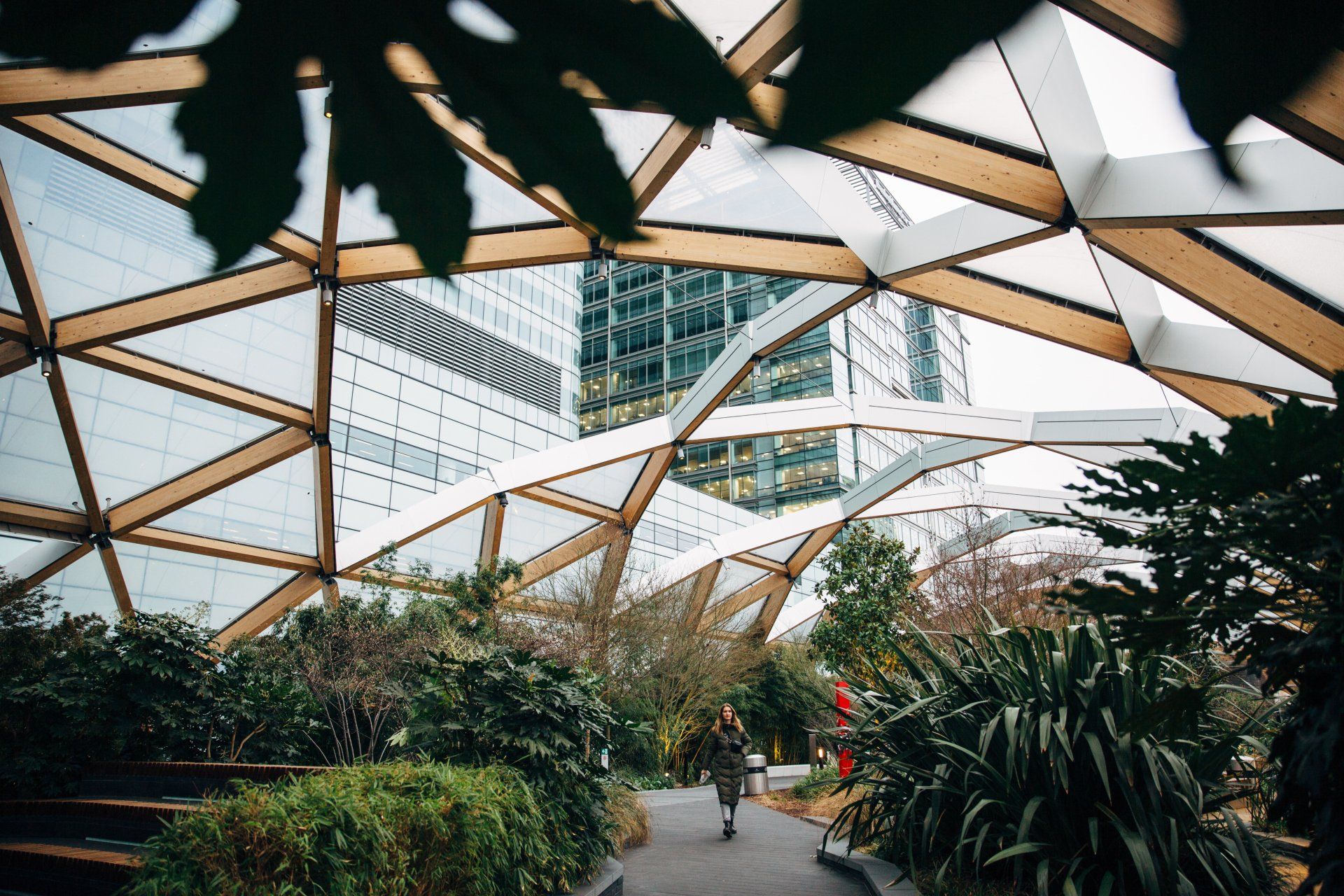According to two out of the four new National Grid ESO’s Future Energy Scenarios (FES), Britain could meet its 78% emissions reduction target by 2035.
Net zero by 2050
The National Grid’s FES outlines four scenarios considering the future of energy from now until 2050, with each considering both the amount of energy needed and where it might come from. According to the analysis three out of four scenarios suggest the country is currently on track to meet net zero by 2050 or earlier. With the modelling predicting the power sector’s carbon dioxide emissions will become negative by 2034.
Within the report it’s also suggested there would be no unabated natural gas generation from 2035. This is when gas power stations are not fitted with carbon storage technology to prevent carbon emissions from being released into the atmosphere and ultimately contributing to climate change. Hydrogen has also been highlighted as being key to help the UK’s achieve its climate goals.
Changes in consumer behaviour
The National Grid ESO also stresses that changes in consumer behaviour and policy in areas such as energy efficiency are pivotal to achieving net zero.
In the most ambitious decarbonisation scenario analysed, consumers in 2050 will be turning down their thermostats by an average of 1°C leading, to a reduced heat demand of 13%. Alongside this as more people transition to electric vehicles emissions will be reduced. With it being estimated that more than 80% of households will be smart charging their vehicles.
Two scenarios of the National Grid ESO’s modelling also agree that the UK would see 600,000 heat pumps installed every year with up to 2.6 million installed by 2025, rising to 25 million by 2050.
British Gas Business
As we reach closer to net zero, what steps is your business taking to reduce carbon emissions? Discover how we can help your business on the pathway to sustainability below.




